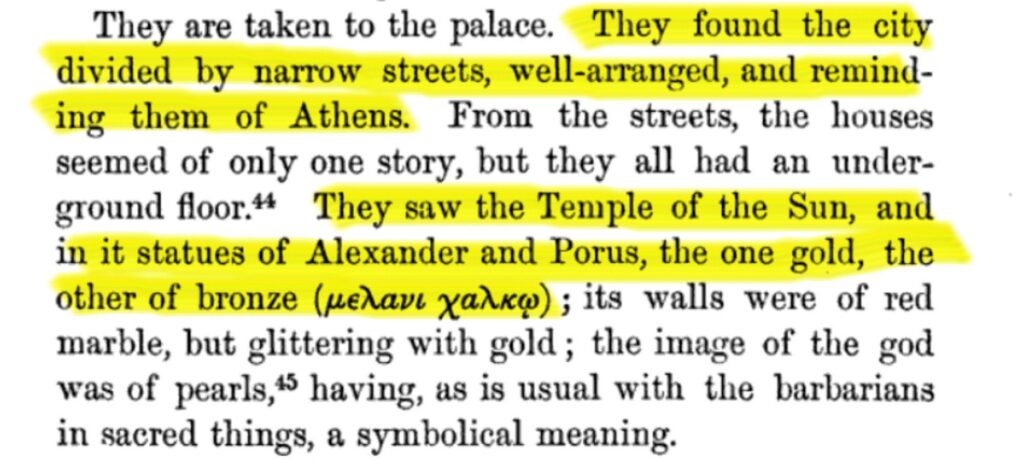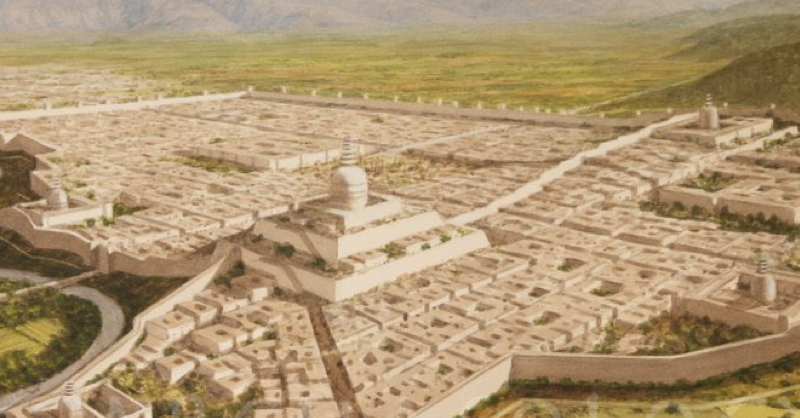The capital of Pakistan was meticulously designed by a Greek architect Constantinos Doxiadis in the 50s and the 60s.
Thought what is unknown to most people is his personal link to the project. A link formed due to the city being constructed a few miles from South Asia’s most ancient Greek settlement. History in repeat.
Of Doxiadis, the ancient Greeks, and Islamabad.
Margalla and the Greek Connection
Constantinos Doxiadis first arrived in Pakistan in the early 50s in connection to the Harvard Advisory group which itself was linked to the Ford foundation and played a major role in the drafting of Pakistan’s first 5 year plan. In this context Doxiadis assumed a position in the domain of urban development.
With time when plans for a new capital started to accelerate and the project began to enter the material world, the ultimate responsibility of it was given to Doxiadis who wholeheartedly accepted it.
The site for this new city, to be called Islamabad, was the Potohar plateau right in the feet of the Margalla hills. As interesting as the location was for itself, on the opposite face of the Margalla hills lay another city designed by a Greek, thousands of years before Doxiadis began his project.
This was the Sirkap settlement in the illustrious ancient city of Taxila. One of the oldest cities of South Asia and a jewel of Gandhara, it had for many millennia seen all kinds of foes all of whom left some mark on it. The greatest of these was of the Greeks who happened to leave behind an entire settlement inside the city.

The Greek settlement in Taxila is known as Sirkap.
Created by the Greeks from Bactria, the city followed the classic Hippodamian grid plan of Ancient Greek urban planning. The main entrance was a 32 meter wide road which led into a sprawling complex of an ancient city.
Greek Inspirations for Islamabad
Doxiadis had seemed to have constructed a personal connection to the project. According to Daechsel this was due to his doctorate on Ancient Greek cities in new colonies and here he was creating one himself. In a place where a Greek had done so not so long before him.
Doxiadis saw a profound connection between the landscape of Islamabad and that of Athens. Of extraordinary interest to me is how the story of the Ancient Greek traveller Apollonius of Tyana has something very similar about Taxila from nearly 2000 years before Doxiadis.

He regularly drew similarities between local architecture and that of the Mediterranean. Gandhara too must have as a whole seemed to be a source of fascination for him due to their trademark incorporation of the Greek world with Buddhism, especially in Gandharan art.
Punjab University and Mohenjo-Daro
Islamabad wasn’t the only place where Taxila gave inspiration. In a brochure for the design of the Punjab university’s new campus, the design of the campus and Taxila (Sirkap) were shown side by side to illustrate the parallels in the patterns of their designs. He had taken inspiration in the ‘continuous pattern’ present in the design of Sirkap and replicated it in the design of the university.

Of considerable importance to him was also Mohenjo-Daro. The ancient city of the Indus Valley Civilization was regularly quoted by him in various contexts and fascinated him greatly in many aspects. He even advocated for Islamabad’s manhole covers to have IVC motifs, due to IVC’s ancient sewerage system but this wasn’t meant to be.
There’s also the very interesting concept of a Dynapolis; a ‘dynamic city’ which his very own creation as a concept. Islamabad became the first city where this was applied.
The Greek architect seems to have derived a lot of inspiration from a lot of sources and even applied it to his designs but for those of us not accustomed with architecture, it would need a bit more attention to catch these.
References:
Islamabad and the Politics of International development – M. Daechsel
Doxiadis’ legacy of Urban designing – A. K. Mahsud
C. A. Doxiadis: Architect and Urban developer





Thumbs up dear;
Excellent initiative.
Keep it up.